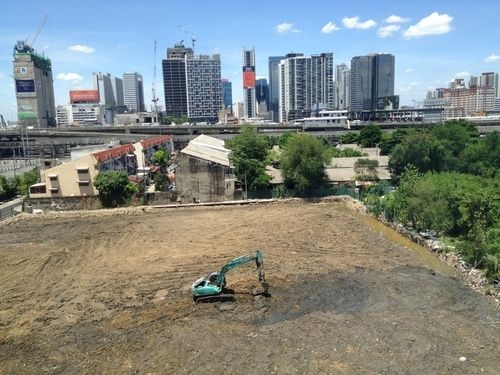For the critical issues of urban planning, land markets and public space, the Habitat III process must recognize the importance of participation by all.
Published in: http://citiscope.org // By: Juan Pablo Duhalde // March 28, 2016 // Full article here
Let’s be honest: The idea of cities as the centre of sustainable development has not yet provided a satisfying answer for much of the world’s population — particularly those who live in informal settlements, away from most development and with limited opportunities to be heard.
The social role of the city is not a new concept, having existed since the origins of the Greek polis. At the global level, cities have always been built by their people, not by government agendas.
In this spirit, less than seven months ahead of the United Nations Conference on Housing and Sustainable Urban Development (Habitat III), it is critical that we analyze this gap as discussions strengthen toward defining the New Urban Agenda, the 20-year global urbanization strategy that will come out of Habitat III.
As part of the formal run-up to the Habitat III conference, which will be held in Quito in October, 10 draft policy “framework” papers were released at the end of December, each focusing on a key issue in the Habitat III discussions. The papers provide key recommendations for the drafting and implementation of the New Urban Agenda.
[See: Habitat III expert groups deliver final technical reports]
Among these reports, one that stands out is “Urban Spatial Strategies: Land Market and Segregation”, which touches on the critical public policy challenges related to urban planning, public spaces and land markets.
City planning, land availability and public spaces are, after all, key priorities in determining the eventual impact of the New Urban Agenda. In this, identifying why land is becoming increasingly expensive for many remains a fundamental requirement. So too does understanding how the quality of urban planning can be used to promote equality and ensure access to public spaces for all citizens.
After analyzing the “Urban Spatial Strategies” document, we see three main opportunities to delve deeper and improve this important line of analysis.
